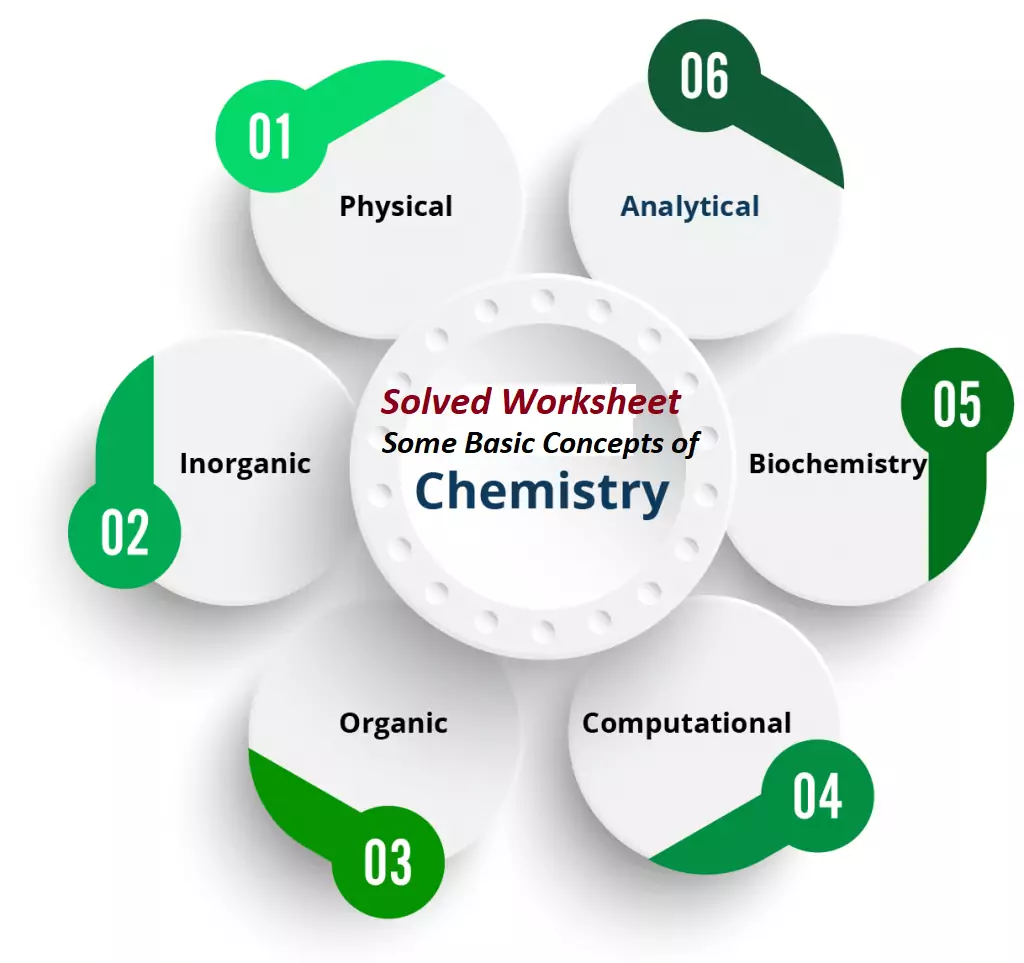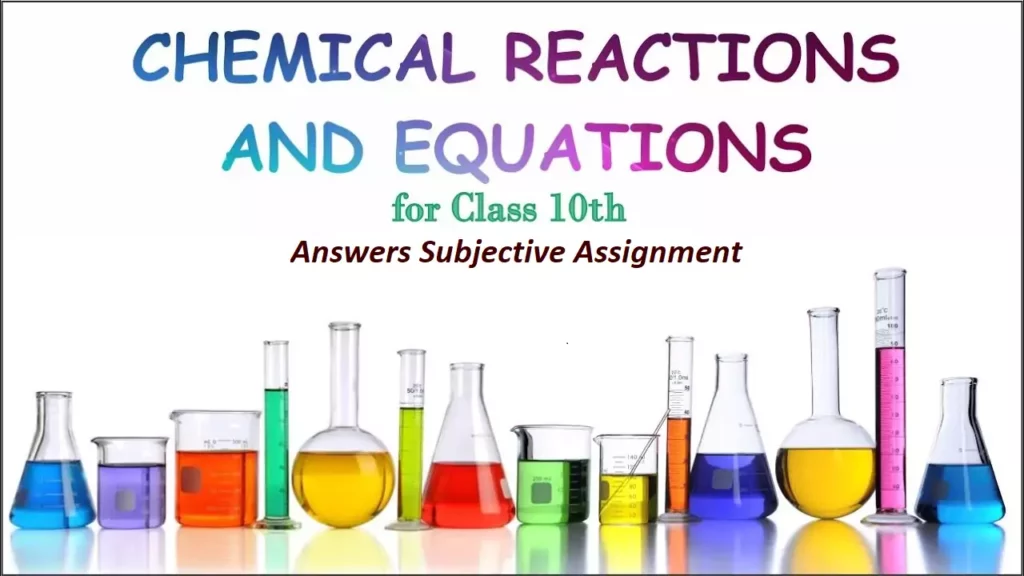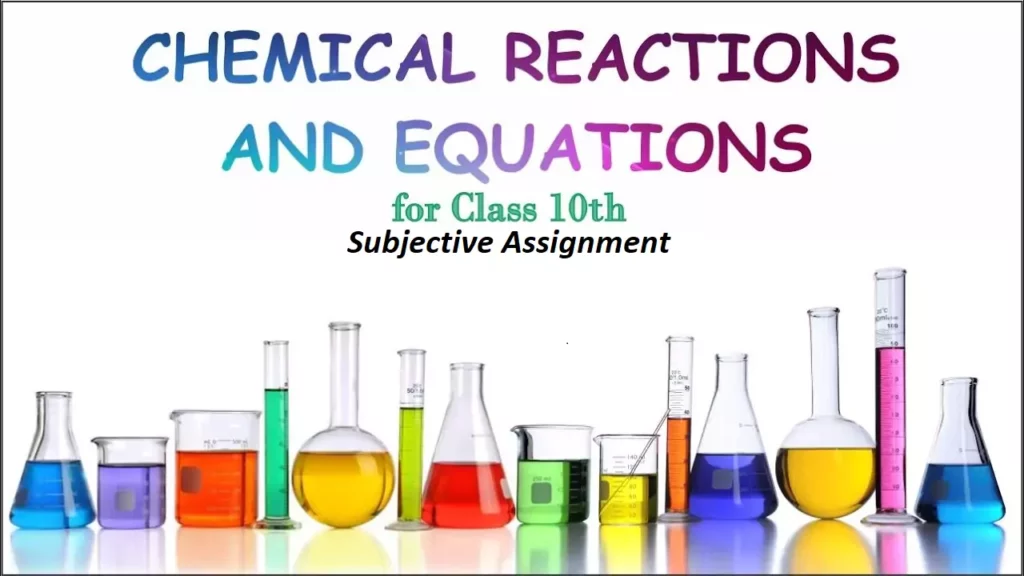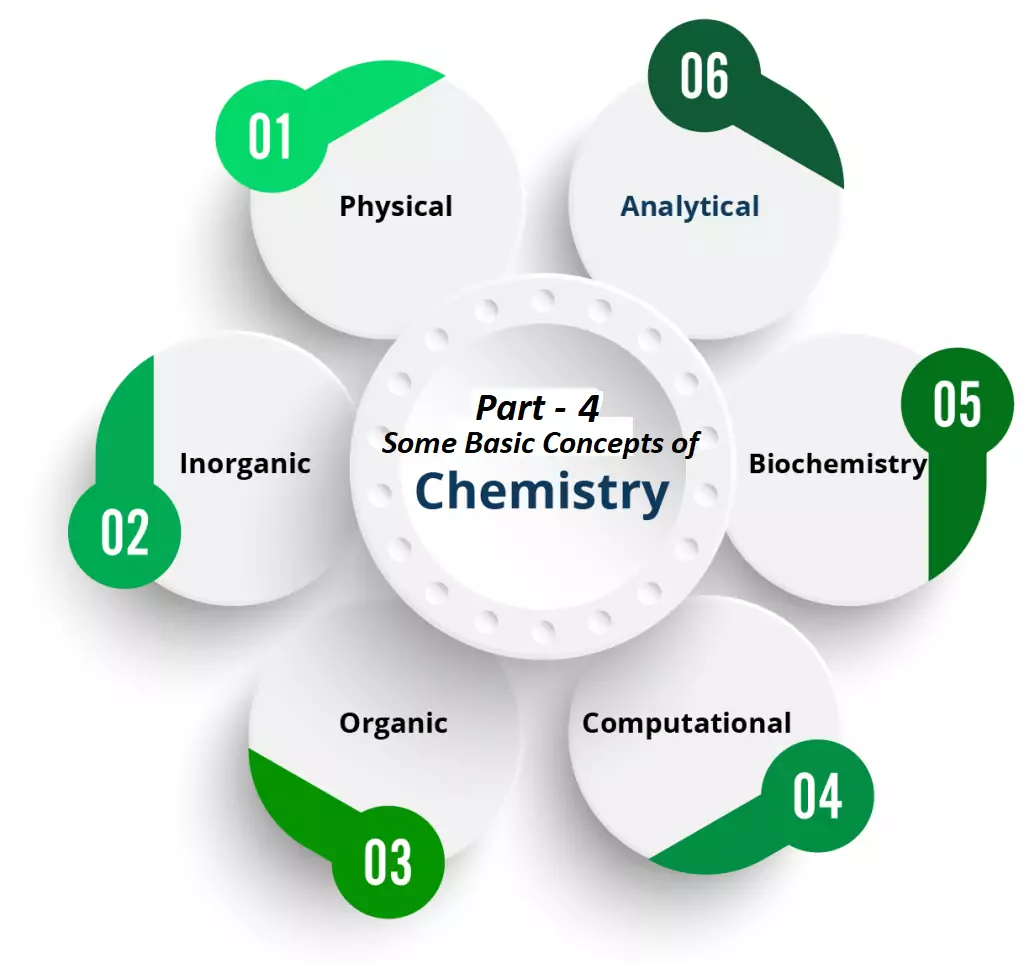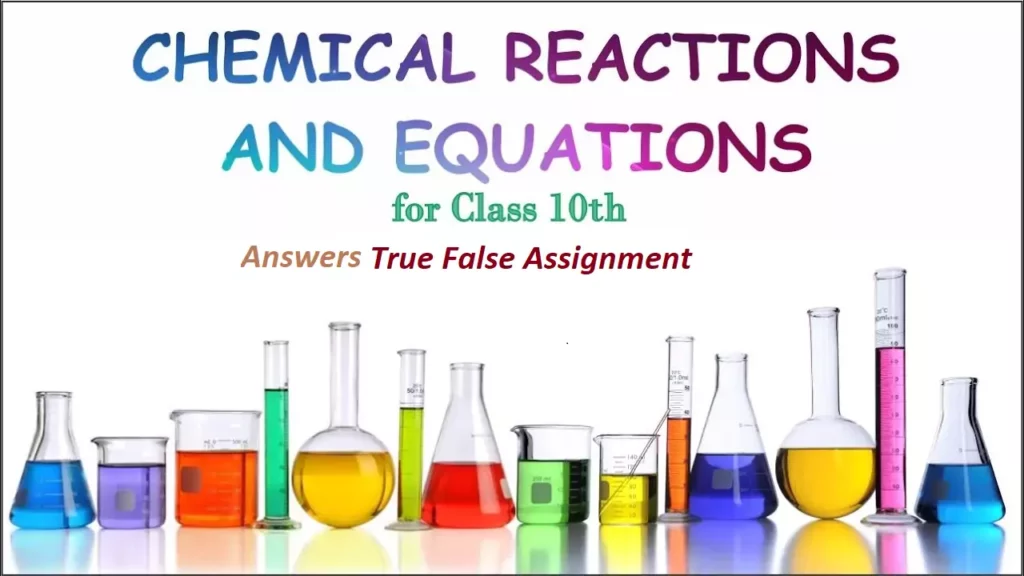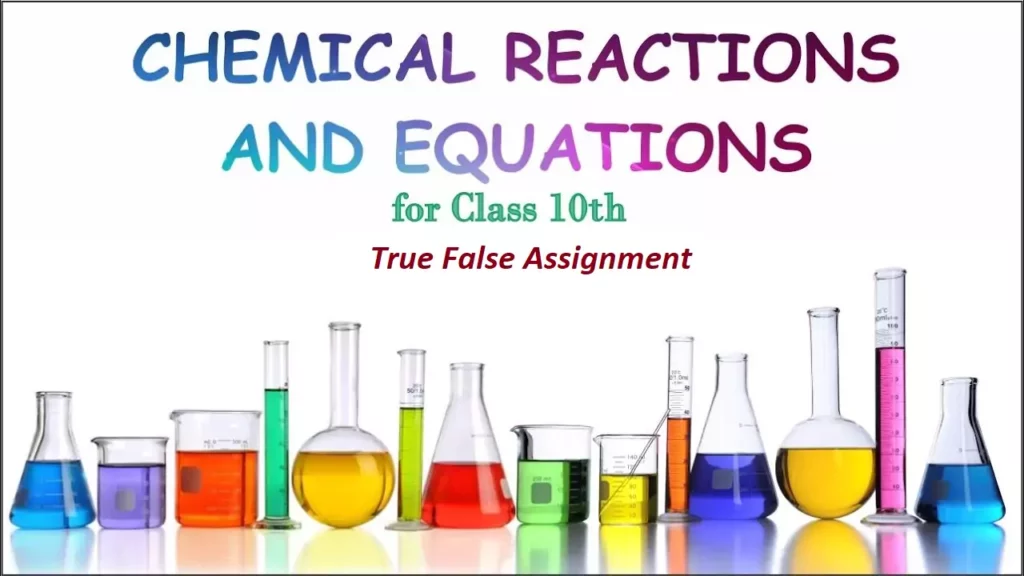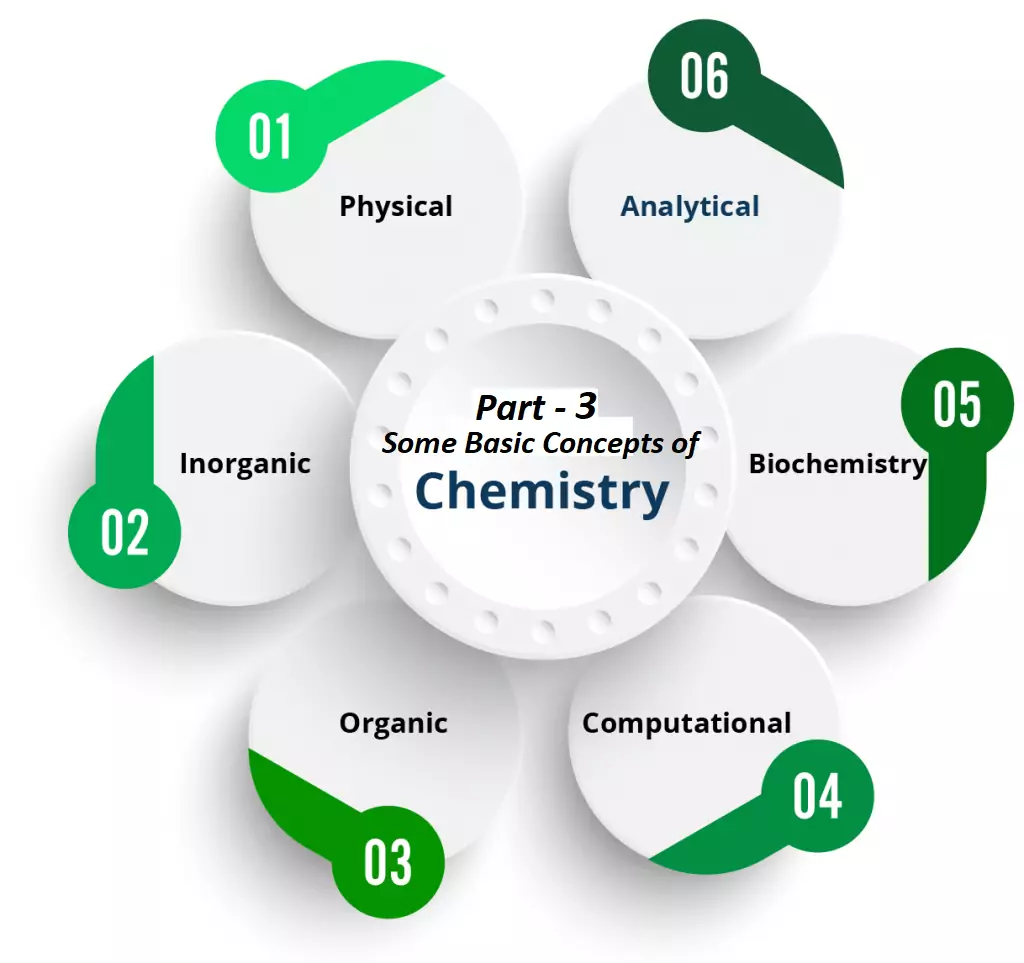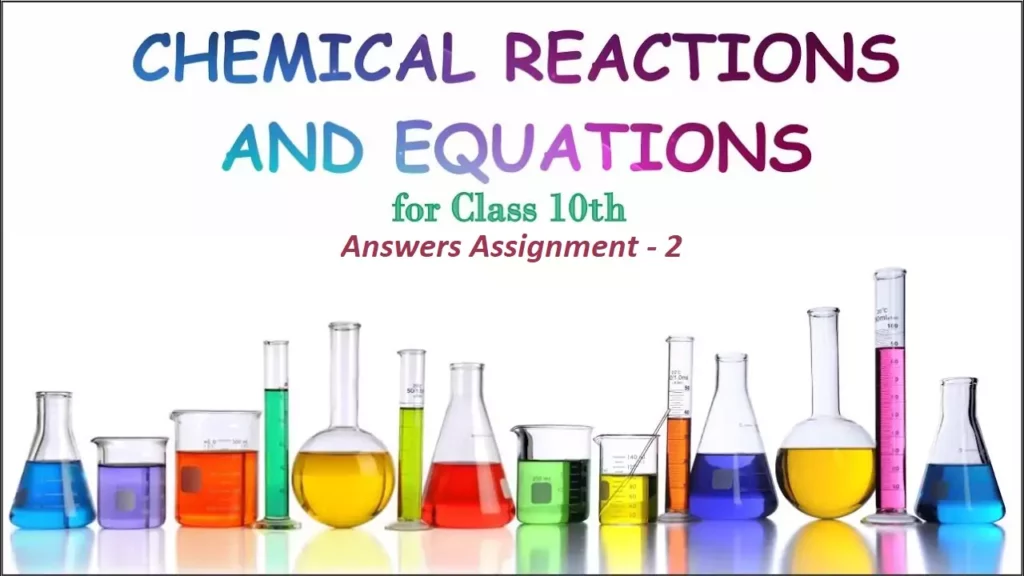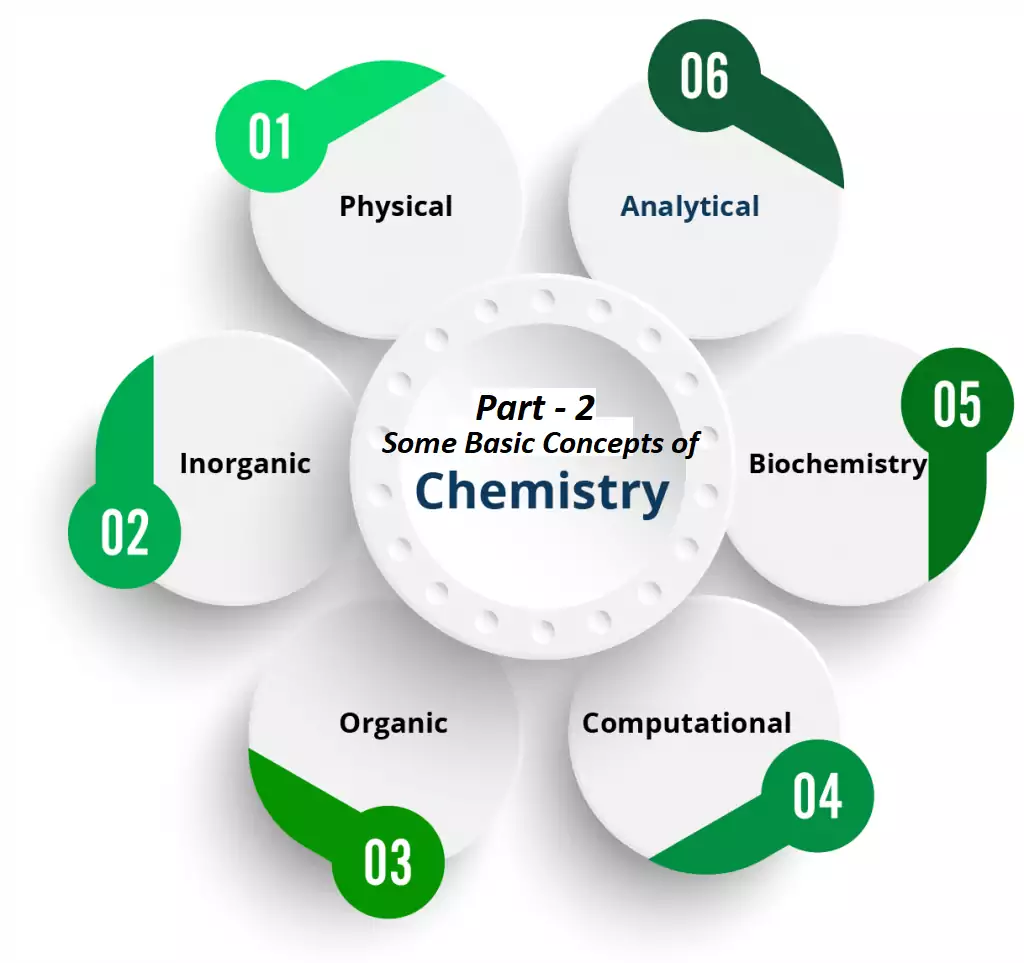Solved worksheet Some Basic Concepts of Chemistry Solved worksheet Some Basic Concepts of Chemistry is all about subjective and objective knowledge. Q1. How many significant figures are there in (i) 3.070 and (ii) 0.0025? Ans 1. (i) 4 (ii) 2 Q 2. How many significant figures are present in the answer of the following calculation: .0125 + 0.8250 + 0.025 Ans 2. 0.86 Q 3. The density of vanadium is 5.96 g cm3. Express this in SI unit. Ans3. 5960 kg m3 Q 4. The body temperature of a normal healthy person is 370C. Calculate its value in 0F.…
Author: Dr. Vikas Jasrotia
Answers Subjective Assignment Chemical Reactions and Equations Ans 51. When lime water sticks on walls react with CO2 of air to forms a layer of CaCO3 which is white in colour. Ans 52. Both burning of Fuel and food are oxidation reaction, in burning of fuel CO2 and heat is released and in burning of Food, A.T.P. energy and CO2 are formed. Ans 53. Rusting is avoided in stainless steel because it is an alloy. Ans 54. In the cracker explosion, on burning fuel or material like charcoal, sulphur or potassium chloride reacts with oxygen in an oxidation reaction.…
Expressing Concentration Terms with Formula Concentration Can be Expressed in the Following Ways: (1) Mass percent (w/w or m/m): It is defined as the number of parts solute present in 100 parts by mass of solution. i.e. Mass % of a component = Mass of solute × 100 Mass of solution (2) Molarity (M): It is defined as the number of moles of solute dissolved per liter of solution. i.e. …
Subjective Assignment Chemical Reactions and Equations is a continuous assignment to the earlier posts Subjective Assignment Chemical Reactions and Equations Q 51. Why does milky white lime water, on exposure to air on walls give white colour? Q 52. What type of reaction is common in the burning of food and fuel? Q 53. Why does stainless steel not rust easily? Q 54. In the cracker of festivals, which reaction is involved? Q 55. Why does iron coated with zinc? Q 56. Why platinum does not react with dilute sulphuric acid? Q 57. Why does white mass settle down in…
Empirical and Molecular formula And Limiting Reagent Percentage composition: It is the percentage of each element present in 100g of a substance. Percentage composition (mass percent) of an element = Mass of that element in the compound x 100 The molar mass of the compound Empirical Formula: It represents the simplest whole-number ratio of various atoms present in a compound. e.g., CH is the empirical formula of benzene (C6H6). Molecular Formula: It shows the exact number of different atoms present in a molecule of a compound. e.g., C6H6 is the molecular formula of benzene. Relationship between empirical and…
The post Answers True False Chemical Reactions and Equations contain all answers to the previous post in a proper manner. To get Questions Click the link below True False Assignment Chemical Reactions and Equations Answers True False Chemical Reactions and Equations Ans 36. (ii) Rancidity is an oxidation process Ans 37. A is Zinc, B is ZnSO4 solution, C is H2 gas and reactions will be Zn + H2SO4 (aq) → ZnSO4 + H2 Ans 38. A, B, C, and D are CuSO4.nH2O, CuSO4, ZnSO4 and Cu respectively. Ans 39. (i) Cr2O3 + 2 Al → Al2O3 + 2Cr (ii)…
The Post True False Assignment Chemical Reactions and Equations contains subjective questions along with fill-ups and true-false type questions. This will help the students in improving the chapter knowledge. True False Assignment Chemical Reactions and Equations Q 36. Choose the correct about rancidity (i) Rancidity is a reduction process (ii) Rancidity is an oxidation process Q 37. When silver coloured metal (A) is added to dilute sulphuric acid, solution (B) is formed which is a colourless solution and a gas (c) is evolved which is the colourless name ‘A’, ‘B’ and ‘C’ and write the equation? Q 38. An ‘A’…
Some Basic Concepts of Chemistry Mole Concept Atoms and Molecules: The atom is the smallest particle of an element. Molecules are the smallest particle of a substance. A molecule has all the properties of that substance. Types of molecules Based on the type of atoms, there are two types of molecules – Homonuclear molecule and Heteronuclear molecule. A molecule containing only one type of atom is called a Homonuclear molecule. e.g. H2, O2, N2, O3 (ozone), etc Heteronuclear molecules contain different types of atoms. E.g. CO2, H2O, C6H12O6, NH3, etc. Based on the no. of atoms there are three types…
Answers to assignment Chemical Reactions and Equations This Post involves the Answers to the assignment Chemical Reactions and Equations i.e assignment No. 2 in order to get the assignment click at the link given at end of the post. Ans 16. Magnesium ribbon is cleaned before burning to remove the protective layer of basic magnesium carbonate from the surface of the magnesium ribbon. Ans 17. Balance chemical reaction with state symbols are as follows- BaCl2(aq) + Na2SO4(aq) → BaSO4 (s) + 2NaCl (aq) NaOH (aq) + HCl (aq) → NaCl (aq) + H2O Ans 18. (i). The substance whose solution is water is used for…
Some Basic Concepts Chemistry Notes Precision: It indicates how closely repeated measurements match each other. Accuracy: It indicates how closely a measurement matches the correct or expected value. Scientific Notation: Any number can be represented in the form where n is an exponent having positive or negative values and N can vary between 1 to 10. Expressing a number in form N × 10n, and N can vary between 1 to 10. Significant figures: These are meaningful digits that are known with certainty. The uncertainty is indicated by writing the certain digits and the last uncertain digit. Thus, if we…
